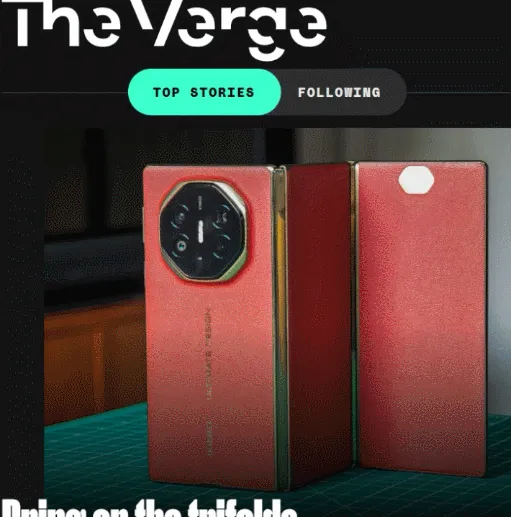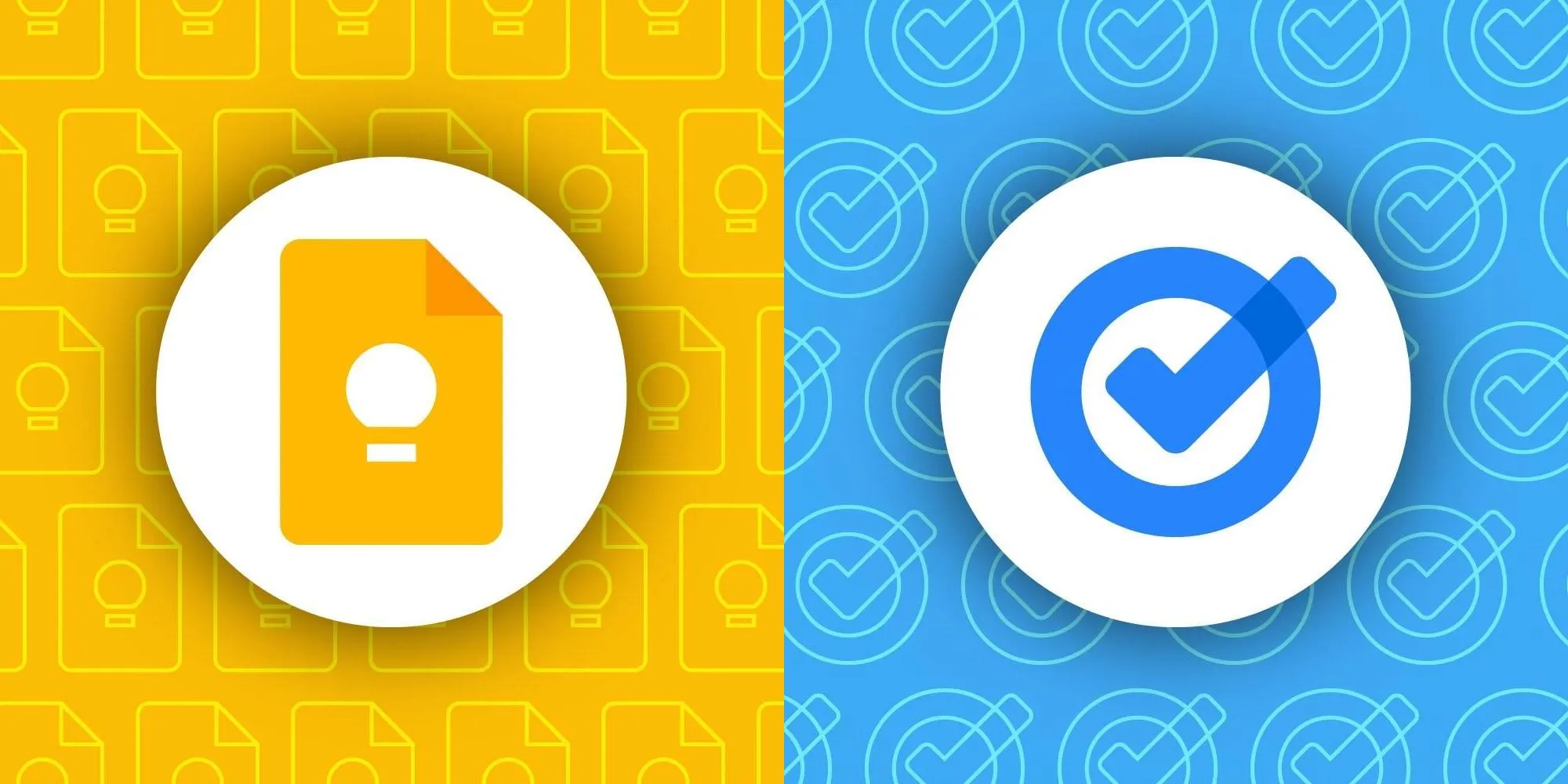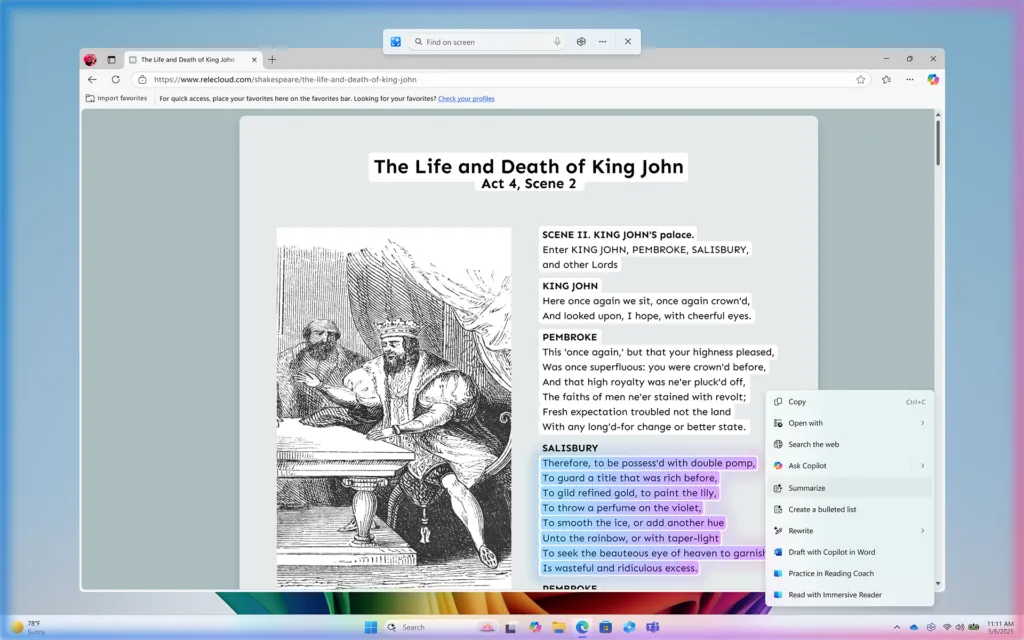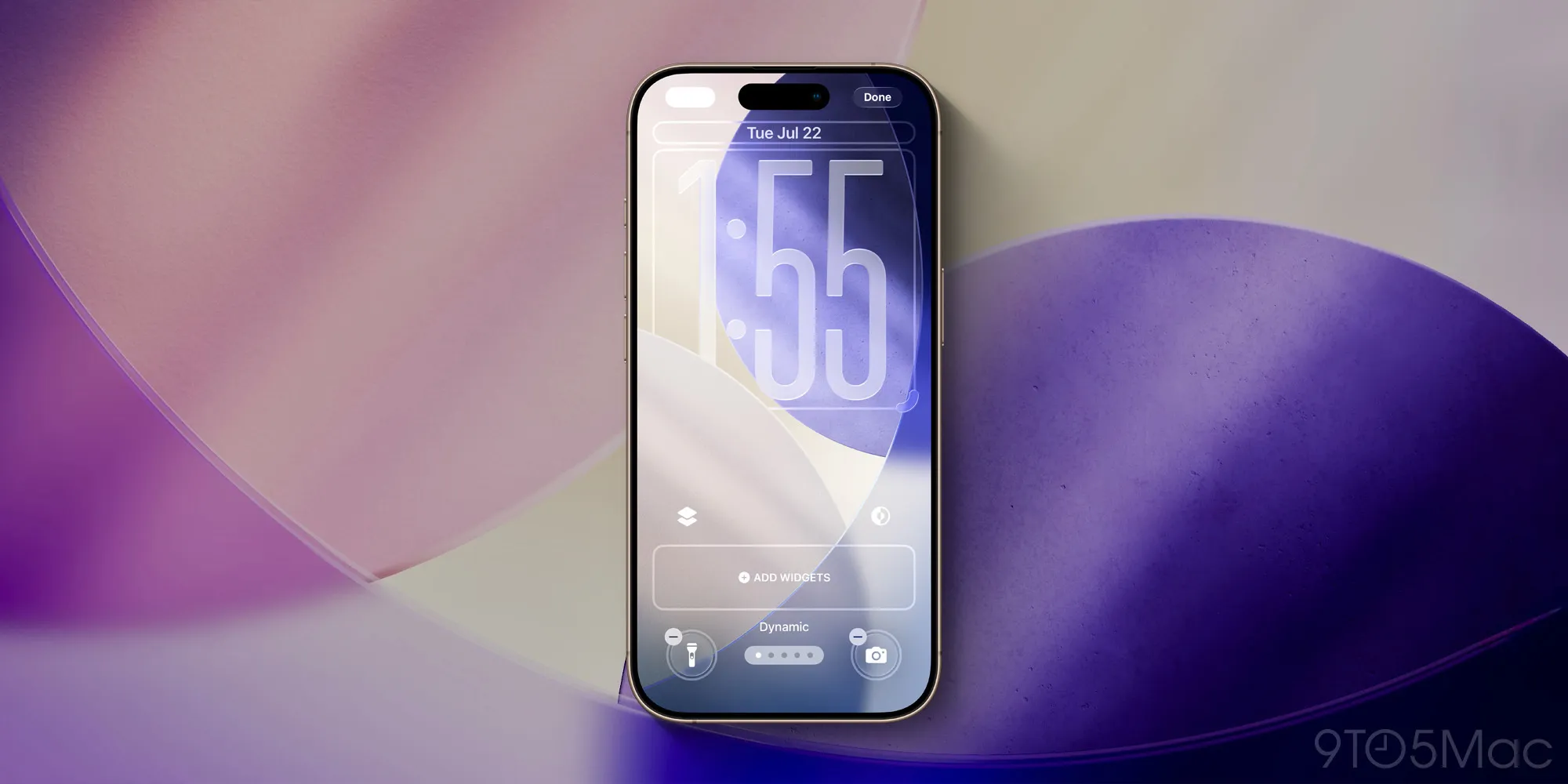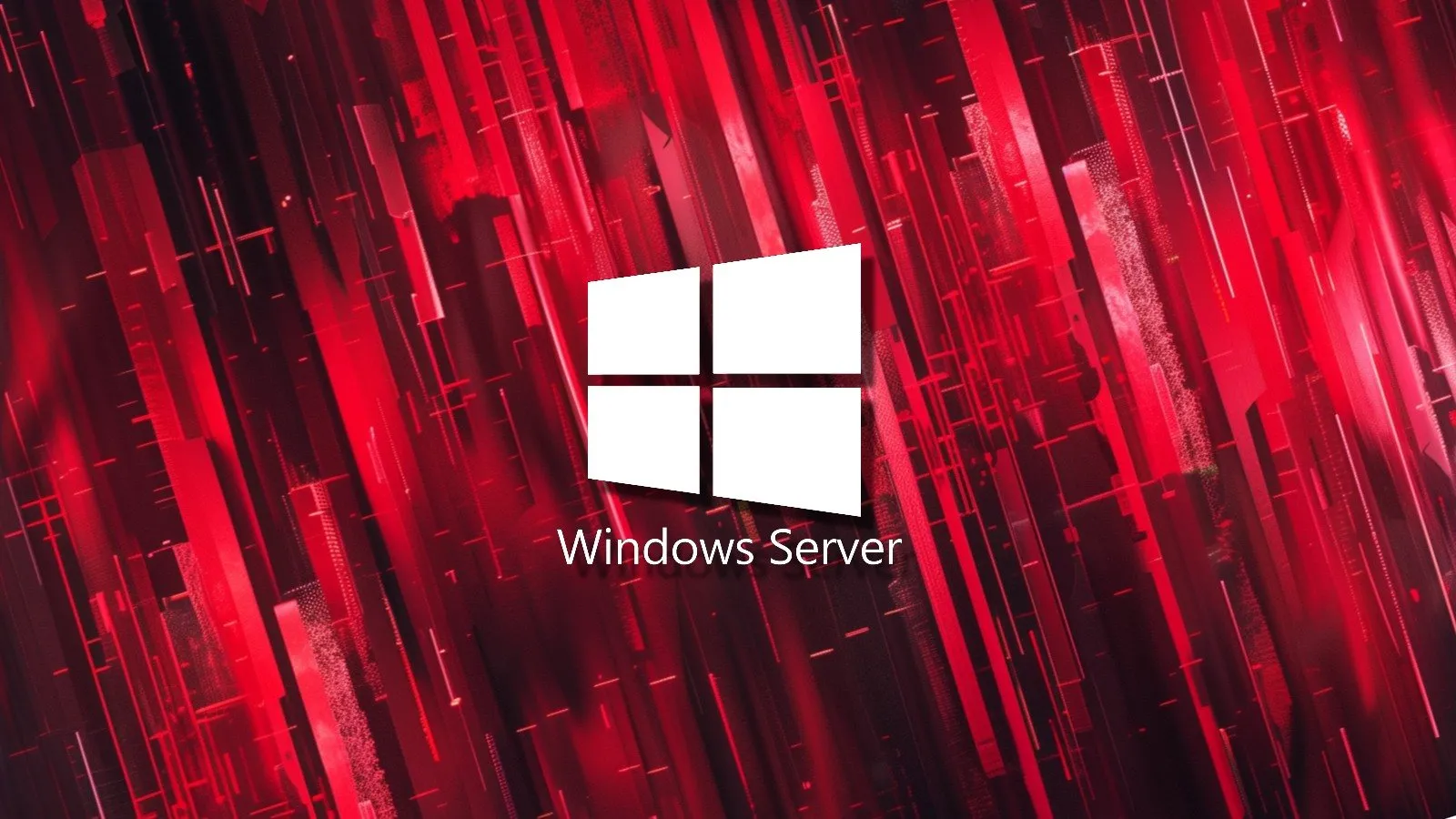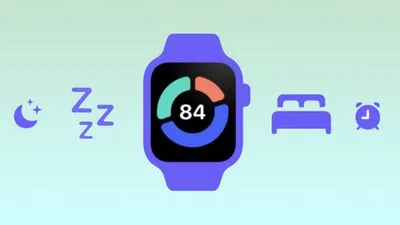A curious gap has emerged in the smartphone world: the race for lightning-fast charging speeds. While some brands are hitting mind-boggling numbers like 100 watts and beyond, major players like Samsung seem content to stick with much lower rates. But here’s the surprising truth: for most of us, this apparent “lag” might not matter as much as you think. This article breaks down why ultra-fast charging isn’t always the game-changer it appears to be.
Contents
The Charging Speed Divide: East vs. West
For years now, a significant difference has been growing in smartphone charging capabilities, and it has nothing to do with fancy AI features. It’s all about how quickly your phone gulps down power. Companies like OnePlus and Realme have been pushing the boundaries, offering phones – both high-end and more affordable ones – that boast charging speeds of 80 watts (W) or even triple digits. Realme even managed to launch a device with an insane 240W charging speed!
 Smartphone screen displaying charging status with a power adapter plugged in, highlighting fast charging capability.
Smartphone screen displaying charging status with a power adapter plugged in, highlighting fast charging capability.
However, when you look at flagships from giants like Samsung, the picture is quite different. Samsung’s top-tier phones, like the Galaxy S25 Ultra, max out at 45W. Even their most recent and premium foldable, the Galaxy Z Fold 7, settles for a mere 25W. To put that in perspective, the OnePlus 13 offers a peak of 100W – a full four times faster than Samsung’s most expensive phone. So, what’s going on? Are these big brands missing out, or is there more to the story?
For a deeper dive into understanding these numbers, check out how to accurately measure your smartphone’s charging speed.
A Quick Charge Through History: Why It Matters (To a Point)
Don’t get us wrong, fast charging itself is a huge convenience. Many of us remember the days when topping up a phone took hours, often requiring an overnight charge just to get through the next day. Trying to charge it during the day meant your phone was practically glued to the wall.
Thankfully, those days are largely behind us thanks to the introduction of fast charging. At its core, fast charging works by safely increasing the flow of electricity (amps and volts) to your phone’s battery. The combination of these two elements gives you the wattage rate, which is the number you typically see advertised.
 Close-up of USB-C charging ports on a OnePlus 13R and an iPhone 16e, illustrating modern smartphone connectivity and charging.
Close-up of USB-C charging ports on a OnePlus 13R and an iPhone 16e, illustrating modern smartphone connectivity and charging.
The initial leap was truly transformative. Moving from hours of charging to being able to fully charge a phone in under two hours (like with an 18W charger) was a monumental shift. It meant you could finally top up your phone quickly in the morning or throughout the day without missing out on using it. This was arguably one of the biggest leaps in smartphone convenience since the original iPhone.
Even today, as phones like the Galaxy Z Fold 5 continue to evolve, the charging rate often hasn’t kept pace with other advancements. While my Z Fold 5 charges at 25W, which is only 7W more than that original 18W fast charger, the real-world impact of that initial fast charging step was far greater. You might wonder why a $2,000 phone doesn’t charge faster than cheaper alternatives, but honestly, it’s not as big a deal as it seems.
![]() Smartphone display showing a battery charging icon with a lightning bolt symbol, indicating active fast charging.
Smartphone display showing a battery charging icon with a lightning bolt symbol, indicating active fast charging.
Curious about other battery insights? Explore 5 reasons why faster charging is more important than a bigger battery.
Beyond the Hype: Is Ultra-Fast Charging Overkill?
Those huge wattage numbers certainly grab headlines and impress tech enthusiasts. For instance, the OnePlus 13’s 100W charging can reportedly take a phone from empty to 50% in just 13 minutes, and a full charge in a mere 26 minutes. That’s incredibly quick, especially when compared to a phone like the Z Fold 5, which promises 50% in 30 minutes and a full charge in just over an hour. On paper, the OnePlus 13 finishes the job in half the time, despite having a larger battery.
 A hand holding a white OnePlus 13 smartphone, its screen displaying a fast-charging animation with "SuperVOOC" branding.
A hand holding a white OnePlus 13 smartphone, its screen displaying a fast-charging animation with "SuperVOOC" branding.
But here’s the critical question: How often does that speed truly make a significant difference in your daily life? The leap from hours of charging to just one or two hours was a game-changer. Is the jump from an hour to 30 minutes equally impactful?
For most situations, it’s less of a leap and more of a small hop. It’s tough to argue that an extra 30 minutes saved on charging is a massive game-changer for daily routines. Sure, there are specific scenarios where every minute counts – imagine you’re at the airport with only 30 minutes before your flight boards. In that situation, the OnePlus 13 would indeed get you a much fuller battery than a 25W phone.
However, outside of such specific, high-stress moments, when do you really have only 30 minutes to charge but not an hour? And even if you only have 30 minutes, is a fully charged phone that much better than one that’s half full, especially if you’re just topping it up to get through the rest of a busy day? More often than not, a partial charge is all you need.
The Sweet Spot: Why “Good Enough” Might Be Best
This isn’t to say that super-fast charging is bad – it’s definitely a nice feature to have. If your phone offers it, you’re likely enjoying the convenience. However, when a brand like Samsung opts out of the 80W+ race for its latest phones, should you be upset? Probably not.
While a 25W charging speed on the Z Fold 7 might seem low compared to competitors, it’s still fast enough to give you around half a battery in just 30 minutes. And realistically, that half an hour isn’t usually consequential enough to cause major inconvenience.
![]() Google Pixel 9a smartphone connected to a USB-C charging cable, with the lock screen showing the battery percentage.
Google Pixel 9a smartphone connected to a USB-C charging cable, with the lock screen showing the battery percentage.
Plus, by staying away from the most extreme charging speeds, brands like Samsung may be avoiding some of the potential pitfalls and hazards associated with pushing very high wattages, such as increased heat generation or potential long-term battery degradation.
While faster charging is always a welcome improvement, it’s not the be-all and end-all of smartphone innovation. Being perfectly happy with 25W or 45W fast charging right now is a reasonable stance, as it provides a solid balance of speed and battery longevity. There are many other aspects of smartphones that are ripe for improvement and upgrades, but for most users, charging speed has already hit a comfortable sweet spot.
What are your thoughts on fast charging? Share your experiences in the comments below, or explore more related articles about smartphone technology!

